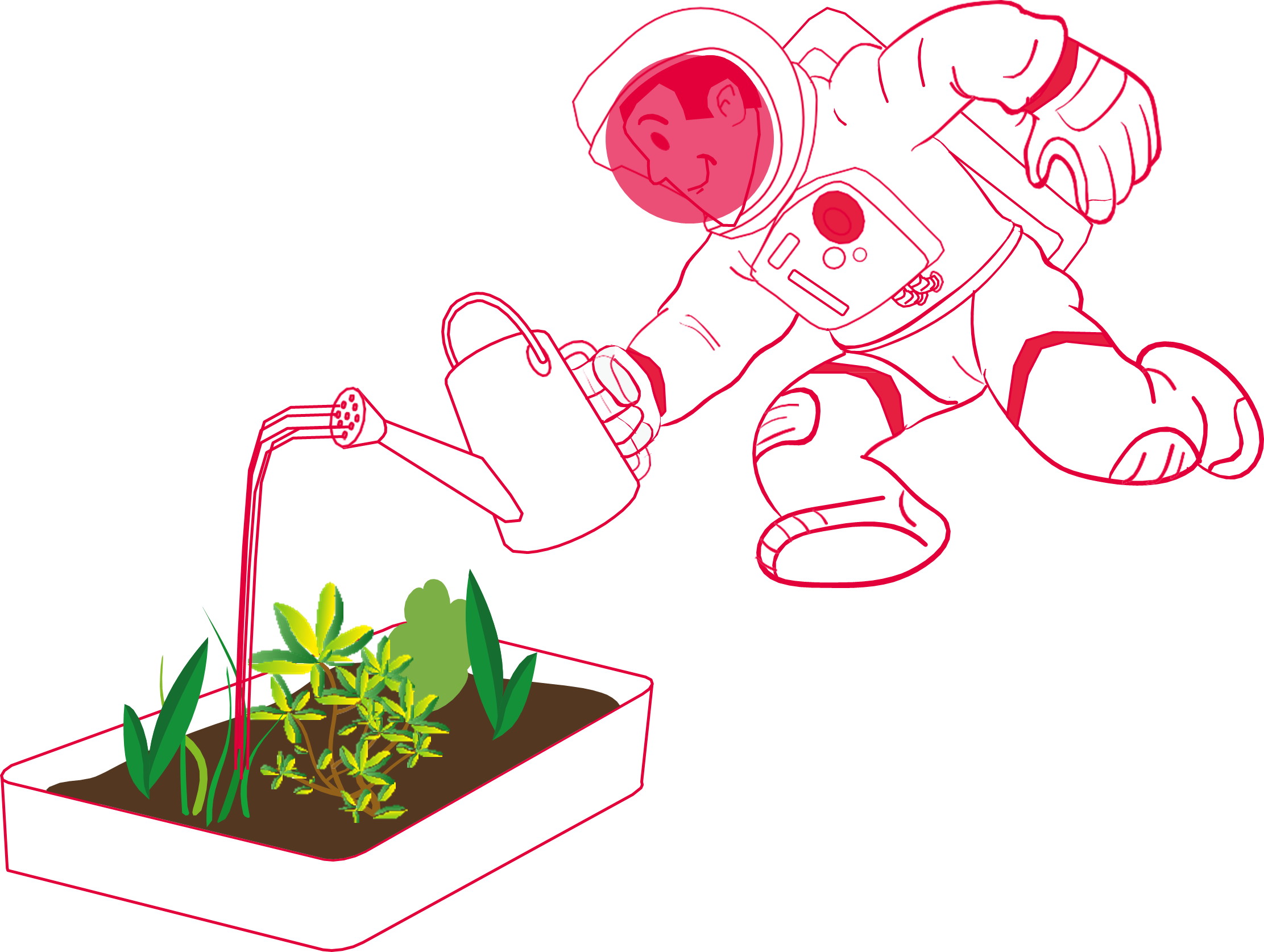AstroFarmer - Lær om betingelserne for plantevækst
I dette sæt af seks aktiviteter skal eleverne undersøge, hvilke faktorer der påvirker planternes vækst, og relatere disse faktorer til dyrkning af planter i rummet.
Eleverne lærer, at planter har brug for luft, lys, vand, næringsstoffer og en stabil temperatur for at vokse.
Eleverne skal observere, hvad der sker med planter, når de varierer nogle af disse faktorer. Disse seks aktiviteter kan udføres individuelt eller som et sæt.
Læringsmål
- Lær, at planter har brug for vand, lys, luft, næringsstoffer og en passende temperatur for at vokse.
- Forstå, at miljøer kan ændre sig og udgøre en fare for levende væsener.
- Lær, at det er muligt at dyrke planter uden jord.
- Udfør enkle og retfærdige test.
- Identificere og kontrollere variabler om nødvendigt.
- fortolke observationer og drage konklusioner.
- Løs problemer.
Aldersgruppe:
8 - 12 år gammel
Tid
Lektion: 2 timer og 30 minutter
Ressource tilgængelig i:
Aktivitet 1: Har planter brug for luft?
I denne aktivitet lærer eleverne om respiration og fotosyntese i planter. Eleverne vil også lære om luftens sammensætning og forstå planternes rolle i produktionen af ilt.
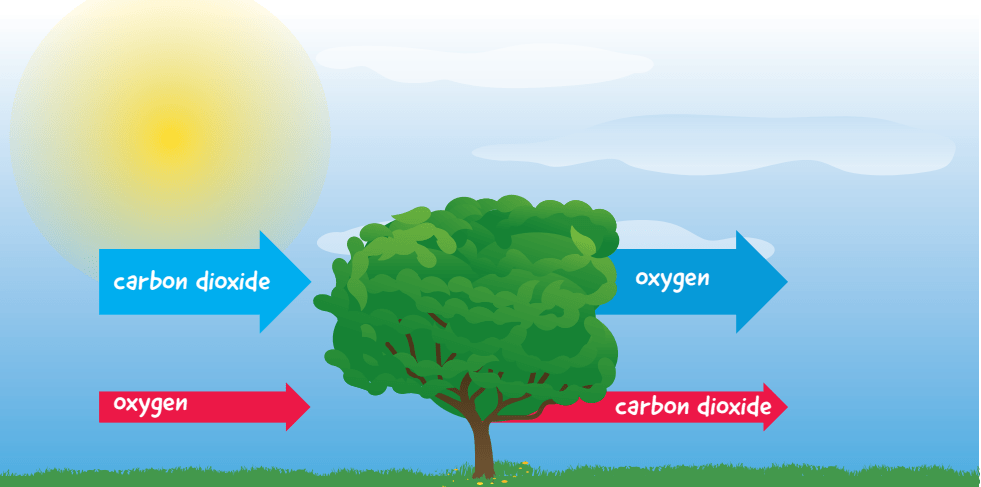
Udstyr
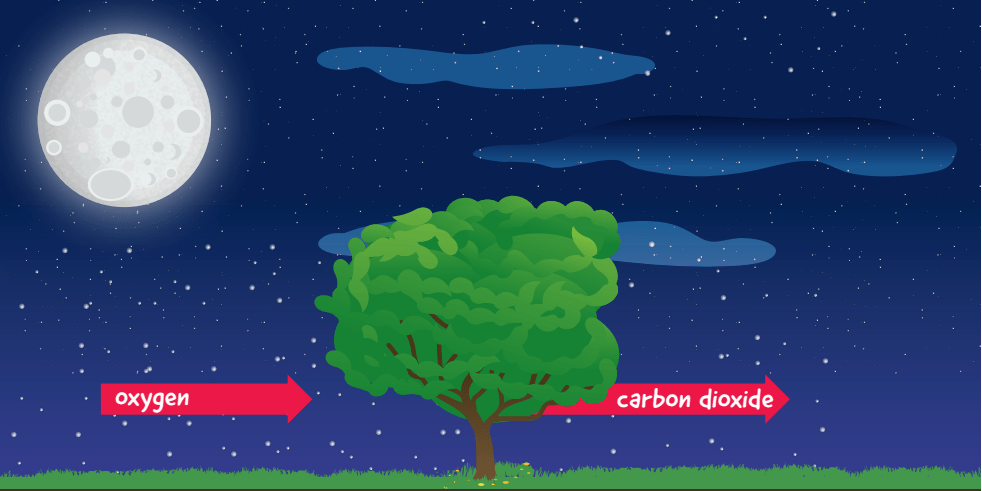
Aktivitet 2: Har planter brug for lys?
I denne aktivitet skal eleverne undersøge, hvordan karse vokser under forskellige lysforhold: konstant mørke og normalt sollys. Eleverne skal forstå, at lys påvirker planternes vækst, og de skal relatere resultaterne fra dette forsøg til aktivitet 1.
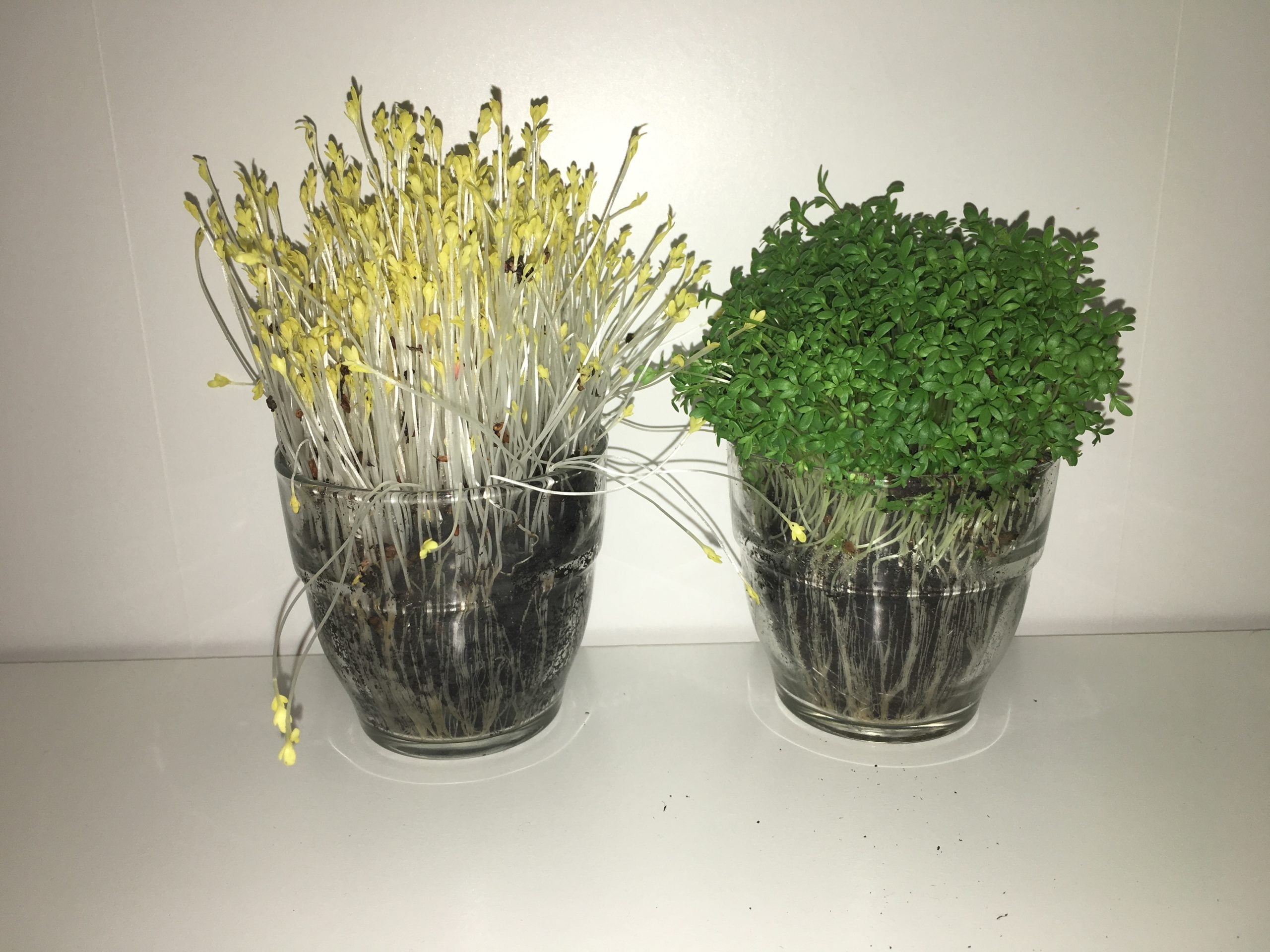
Udstyr
Aktivitet 3: Har planter brug for vand?
I denne aktivitet skal eleverne undersøge transporten af vand i en plante. Gennem disse øvelser skal eleverne forstå, at rødderne og stammen transporterer vand til resten af planten. Bagefter skal eleverne undersøge, hvordan blomsterblade ændrer farve, når der tilsættes farvestof til plantevandet.
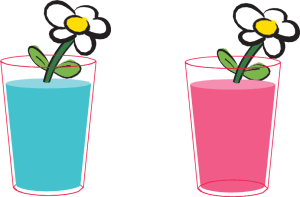
Udstyr
Aktivitet 4: Har planter brug for jord?
I denne aktivitet skal eleverne plante radisefrø i forskellige materialer for at finde ud af, hvilke der er gode til at dyrke planter.
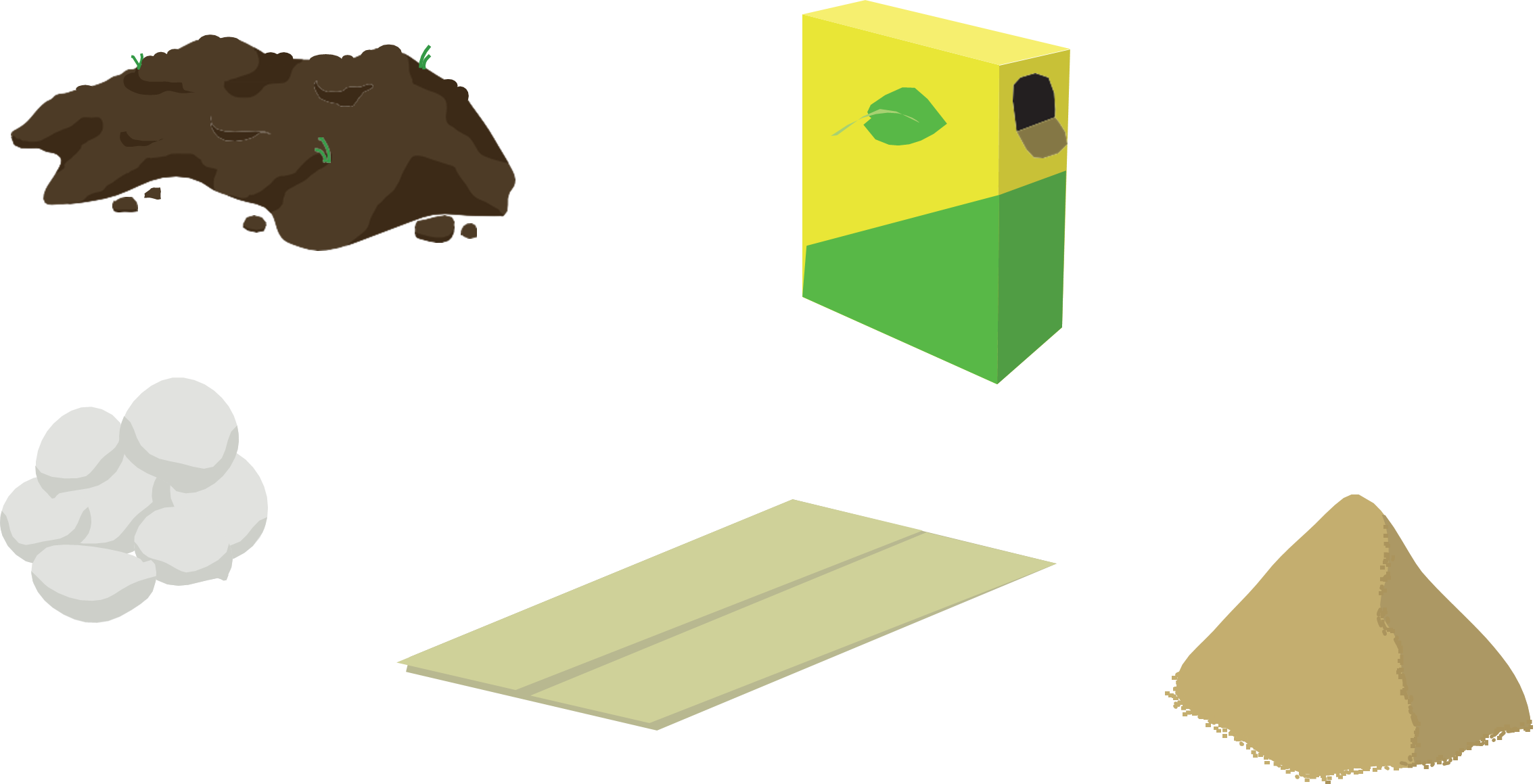
Udstyr
Aktivitet 5: For varmt, for koldt
I denne aktivitet skal eleverne observere billeder fra forskellige steder på Jorden og forbinde dem med de forskellige klimazoner. Eleverne lærer, at planter kan tilpasse sig til forskellige forhold, men at der er ekstreme miljøer, hvor de ikke kan leve.
Udstyr
Aktivitet 6: Planter i rummet
I denne aktivitet skal eleverne opsummere de vigtigste betingelser, der er nødvendige for, at planter kan være sunde. Eleverne skal overveje, hvilke forhold på Månen der kan være et problem for planter.
Udstyr
Vidste du det?
For de fleste planter er den optimale temperatur for fotosyntese omkring 25 ºC. Temperaturens indvirkning på planter varierer meget afhængigt af deres type.
Tomater får problemer, når temperaturen falder til under 13 ºC, eller hvis temperaturen overstiger ca. 36 ºC. Kaktusser kan derimod overleve i ørkenen, hvor temperaturen varierer fra under nul til omkring 70 ºC.
Tomater får problemer, når temperaturen falder til under 13 ºC, eller hvis temperaturen overstiger ca. 36 ºC. Kaktusser kan derimod overleve i ørkenen, hvor temperaturen varierer fra under nul til omkring 70 ºC.
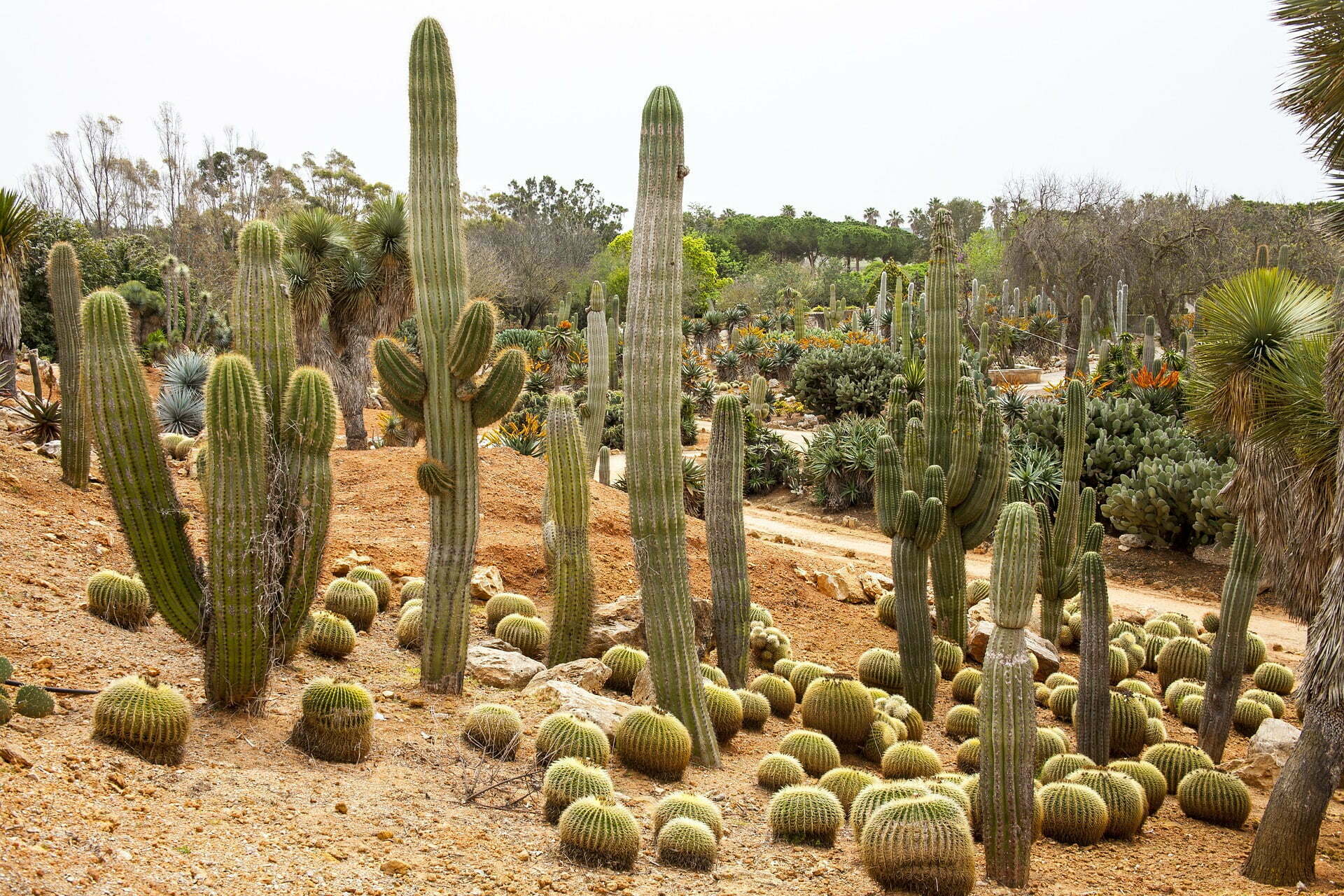
Nøgleord:
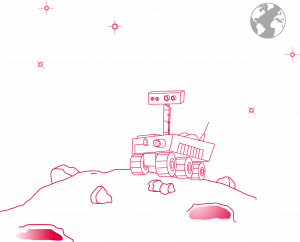
Moon Rover - Bygning af en solcelledrevet rover
Kort beskrivelse: I denne aktivitet skal eleverne sammenligne fordele og ulemper ved vedvarende energikilder og ikke-fornyelige energikilder og studere enkle elektriske kredsløb.

Udvinding af vand fra månens jord - Lær om filtrering og destillation
Kort beskrivelse: I denne ressource lærer eleverne om ændringer i stoffets tilstand ved at bruge vand på Månen som eksempel. De skal fortolke
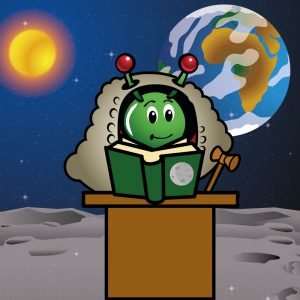
Månens forfatning - Hvordan vil et fremtidigt månesamfund være organiseret?
Kort beskrivelse: I denne ressource skal eleverne diskutere nogle organisatoriske og sociale karakteristika ved en fremtidig bosættelse på Månen og relatere dem til deres egen



